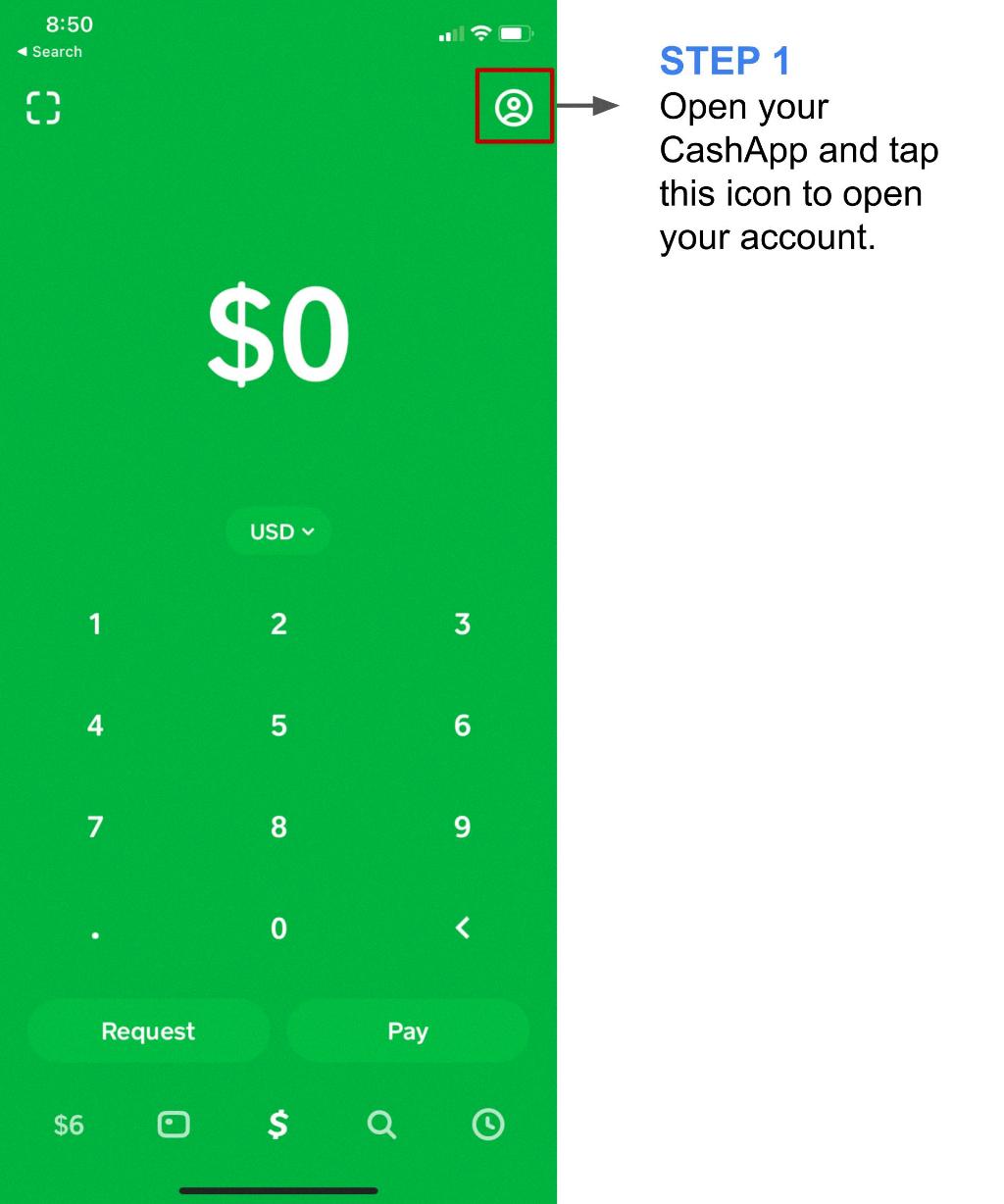When using Cash App, it’s essential to understand the sending and receiving limits that are in place to ensure smooth and secure transactions. Before verifying your identity on the platform, you are allowed to both send and receive up to $1,000 within a rolling 30-day period. This limit is put in place to help protect users and prevent fraudulent activities.
Additionally, there is a total account limit of $1,500 on Cash App. This means that even if you have not reached the individual transaction limit of $1,000, the total amount that can flow through your account is capped at $1,500. It is important to keep track of your transactions and balances to avoid hitting this ceiling.
Notably, if you find yourself unable to send or receive funds on Cash App, it could be due to reaching the account limits set by the platform. In such cases, it is advisable to consolidate any additional accounts you may have created to keep your transactions within the allowed thresholds.
Verifying your identity on Cash App can not only lift the transaction limits but also provide added security to your account. Once you complete the verification process, you may be able to send higher amounts of money and access more features on the platform, enhancing your overall experience.
It is crucial to note that while Cash App strives to offer convenience and ease of use, the company also prioritizes the safety and security of its users’ funds. By implementing transaction limits, Cash App aims to safeguard against potential risks and ensure that users can transact with confidence.
For individuals who frequently need to send larger sums of money, understanding the limits on Cash App is key to effective financial management. By staying informed about the maximum amounts allowed for transactions, you can plan your transfers accordingly and avoid any interruptions due to reaching the set limits.
Moreover, keeping track of your transaction history and monitoring your account activity can help you stay within the prescribed limits on Cash App. By being aware of how much you have sent and received within the 30-day period, you can avoid exceeding the imposed boundaries and encountering restrictions.
If you encounter any issues related to sending funds on Cash App, it is recommended to review your transaction history and verify your account details. Ensuring that your account information is accurate and up to date can help prevent any delays or complications when processing transactions through the platform.
As part of its commitment to user security, Cash App may periodically review and update its transaction limits to align with the evolving landscape of digital payments. Staying informed about any changes to the limits set by Cash App can empower users to make informed decisions when sending and receiving money.
Ultimately, the amount that you can send on Cash App is subject to the established limits that govern transactions on the platform. By familiarizing yourself with these limits, verifying your identity, and monitoring your account activity, you can make the most of the services offered by Cash App while ensuring the security of your financial transactions.
In conclusion, understanding the sending and receiving limits on Cash App is essential for users looking to leverage the platform’s capabilities for transferring money securely and efficiently. By adhering to the prescribed limits, verifying your identity, and staying informed about any updates from Cash App, you can navigate the digital payment space with confidence and peace of mind.

